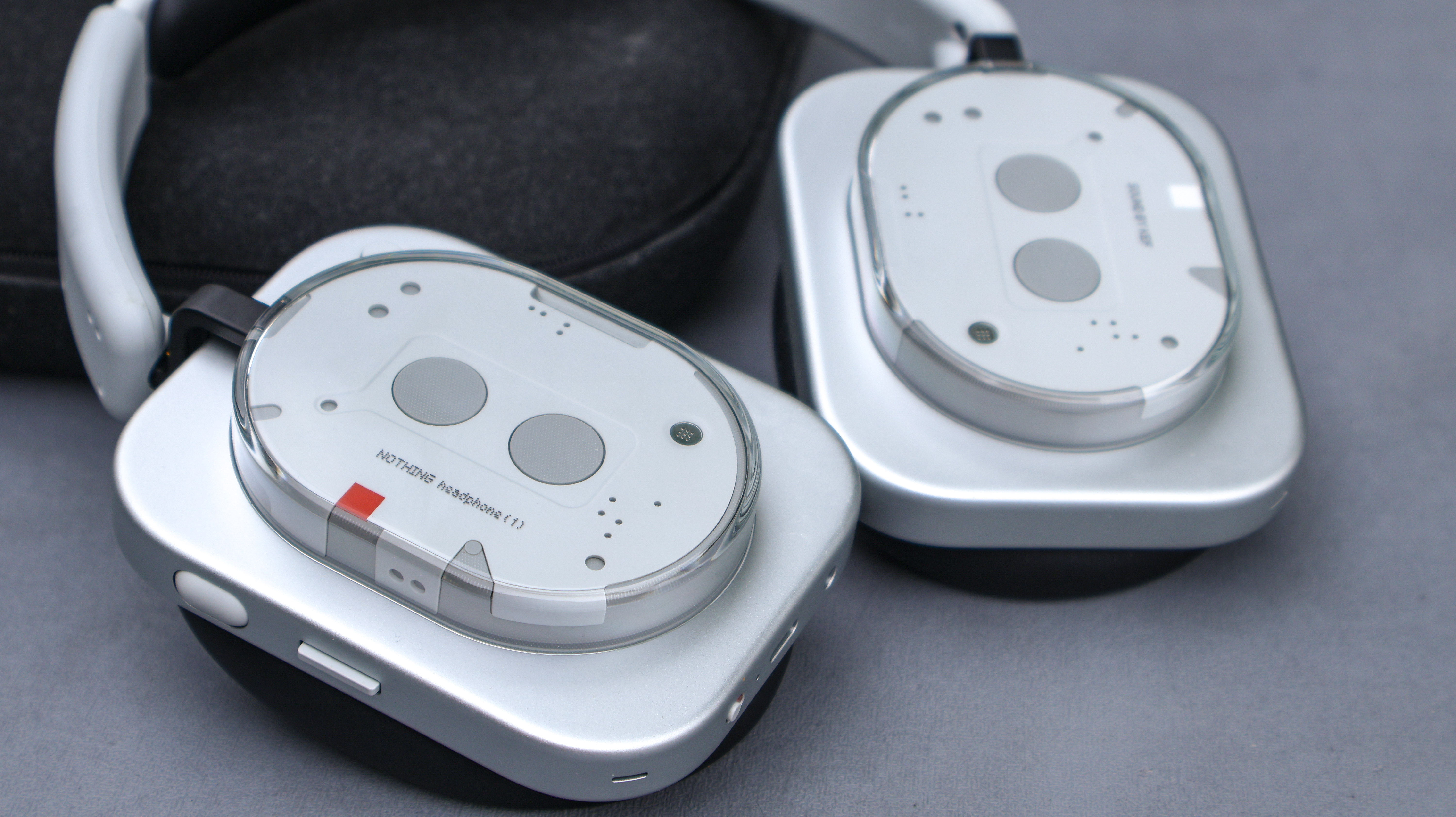Roku updating speakers and soundbar with super-simple surround sound
All the hardware is already available

When Roku first introduced its streaming soundbar, I wondered how the device might appeal to audiophiles who'd already invested in Roku's similarly good wireless speakers. I asked Roku reps whether they'd looked into enabling a surround sound setup, to which they replied, "stay tuned."
I did, and Roku rewarded my patience at CES 2020. There, I met with representatives from the company who showed off a brand-new surround sound setup. If you have a Roku soundbar and Roku speakers, you can simply position the speakers behind you, then follow a few simple prompts to pair all three devices. If you have a Roku wireless subwoofer, that can be part of the setup as well.
Today (Jan. 29), Roku officially announced that this functionality will roll out within the next few weeks, courtesy of a software update. If you already have the soundbar and speakers, all you have to do is keep them hooked up to the Internet; if you don't, you can purchase the former for $160 and the latter for $150. (No package deal is available yet.)

Roku surround sound advantages
Roku's concept is pretty simple. You place the Roku soundbar just below your TV. This provides front-facing sound. Then, you put the Roku speakers behind you — perhaps one on each side of your couch. These complement the main sound source, especially with directional sounds, such as gunfire in an action movie. In theory, it's a more immersive way to watch TV and movies, since the setup is similar to what you'd find in a movie theater.
Surround sound setups are nothing new, of course, but Roku hopes to distinguish its product in three ways. The first is its price: while wireless surround sound packages in the $300 range aren't unheard of, they can range up to $500. Just over $300 is not a bad asking price, especially considering that you get a 4K Roku player as part of the smart soundbar.
Second, there's the ease of setup. To pair the Roku smart soundbar with the wireless speakers, all you need to do is answer a few menu prompts about where each speaker is situated. The Roku OS does the rest of the work, and the process takes just a few minutes. As someone who once spent an entire afternoon rigging a wired surround sound system together, this alone feels like it's worth the price of admission.
Finally, there's Roku's robust sound and volume options. Almost every modern movie comes with 5.1 surround sound options, but Roku has also programmed software algorithms to create directional sound in just about any piece of media — music, movies and TV. Users can also switch among "Movies + TV" and "Music" algorithms, or turn them off altogether. Even with the algorithms turned off, the rear speakers will continue to broadcast stereo sound.
Get instant access to breaking news, the hottest reviews, great deals and helpful tips.
Roku showed off the surround sound options with a variety of pop music, as well as selections from some recent movies. I can say that everything sounded good, and had a layer of nuance that I'd never heard with the Roku audio devices by themselves. But I also heard the setup in a hotel room, which was a little smaller than the average living room, and had different acoustics. I'm looking forward to trying out the surround sound options in a more naturalistic setting.
All of the hardware you need for Roku's surround sound project is already available; all you need now is a little patience while the software rolls out. Tom's Guide will have a more thorough report once we've gotten a chance to test it ourselves.

Marshall Honorof was a senior editor for Tom's Guide, overseeing the site's coverage of gaming hardware and software. He comes from a science writing background, having studied paleomammalogy, biological anthropology, and the history of science and technology. After hours, you can find him practicing taekwondo or doing deep dives on classic sci-fi.
